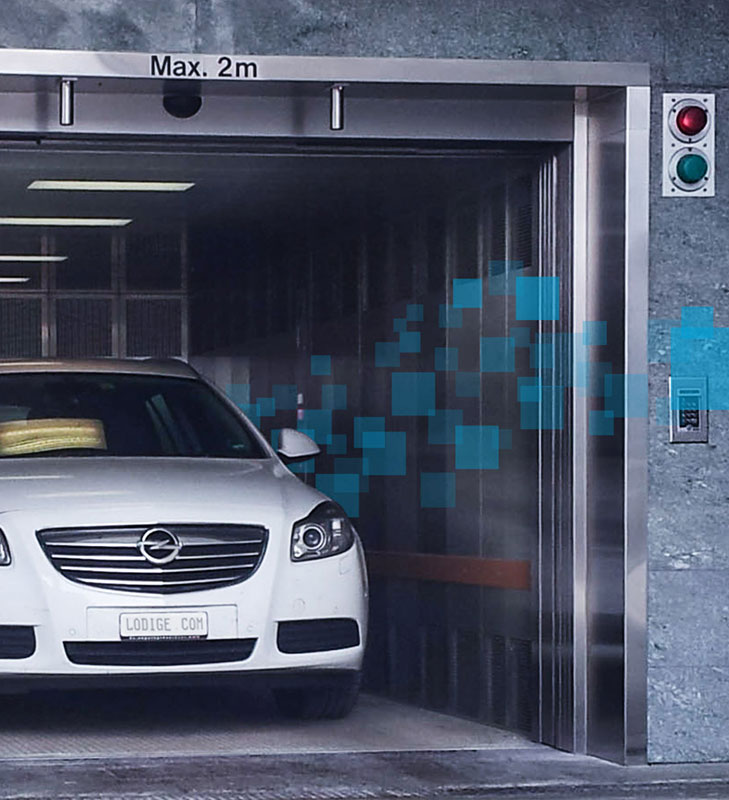Variable voltage and variable frequency (VVVF) control technology represents a pivotal advancement in the realm of elevator engineering, particularly benefiting specialized applications such as car elevators. These elevators are designed to transport vehicles vertically within buildings, addressing challenges related to space efficiency and urban parking shortages. The integration of VVVF technology in car elevators offers multifaceted advantages that significantly enhance their performance, safety, and operational efficiency.
At the heart of VVVF technology lies its ability to provide precise control over motor speed and torque. Unlike traditional fixed-speed drives, VVVF drives allow for seamless adjustment of both voltage and frequency according to the specific load and operational requirements of the elevator. This dynamic control capability ensures that car elevators can achieve smooth acceleration and deceleration profiles, crucial for maintaining passenger comfort and safety during transit.
Furthermore, the precise speed control enabled by VVVF drives minimizes the mechanical stress on elevator components. In a car elevator context, where vehicles of varying weights and sizes are frequently transported, this feature is invaluable. By adapting motor speed and torque to the changing load conditions, VVVF technology not only enhances operational efficiency but also extends the longevity of elevator systems by reducing wear and tear.
Energy efficiency is another significant benefit derived from VVVF technology in car elevators. By optimizing the electrical supply to match the real-time demands of the elevator system, VVVF drives can achieve notable reductions in energy consumption compared to conventional drives. This efficiency not only lowers operational costs but also contributes to sustainability efforts by reducing overall power usage and associated environmental impacts.

Moreover, VVVF drives contribute to a quieter and smoother ride experience for passengers. The ability to control motor speed with precision minimizes noise and vibration generated by the elevator, enhancing user comfort and reducing disturbances within the building environment. This is particularly advantageous in high-traffic areas or residential buildings where noise reduction is a priority.
In terms of safety, VVVF technology enhances the overall reliability and responsiveness of car elevators. The precise control over acceleration, deceleration, and door operation provided by VVVF drives ensures that elevator movements are synchronized and predictable. This improves passenger safety during entry and exit from the elevator, as well as in emergency situations where quick and precise responses are critical.
The adoption of VVVF control technology underscores the ongoing evolution of elevator design and functionality, particularly in specialized applications like car elevators. As urban landscapes continue to evolve with increasing demands for efficient use of space, these technological innovations play a crucial role in facilitating convenient and secure vertical transportation solutions. Car elevators equipped with VVVF drives not only meet the technical demands of transporting vehicles but also contribute to enhanced building functionality and user satisfaction in modern architectural designs.











